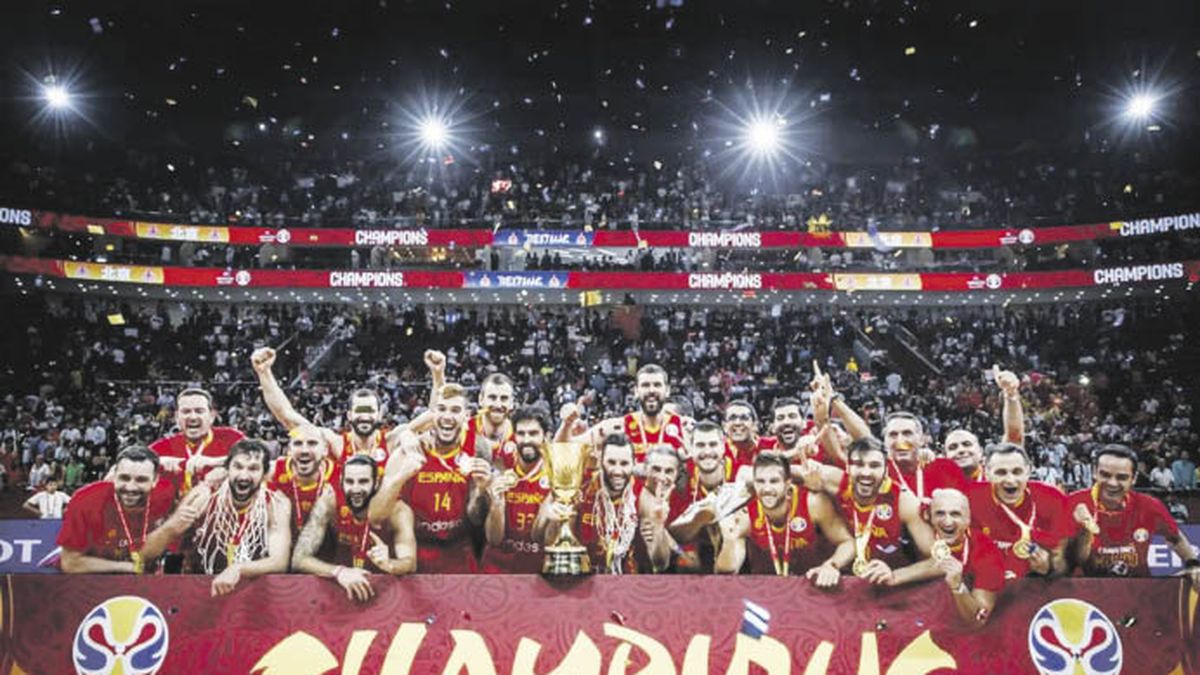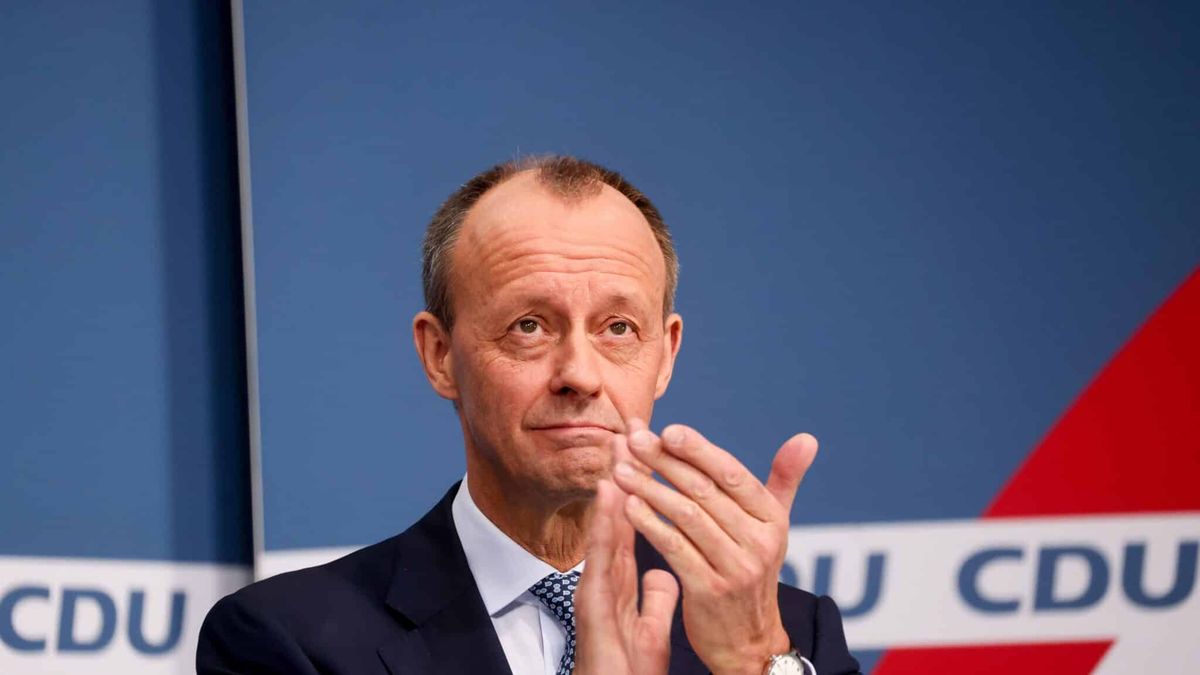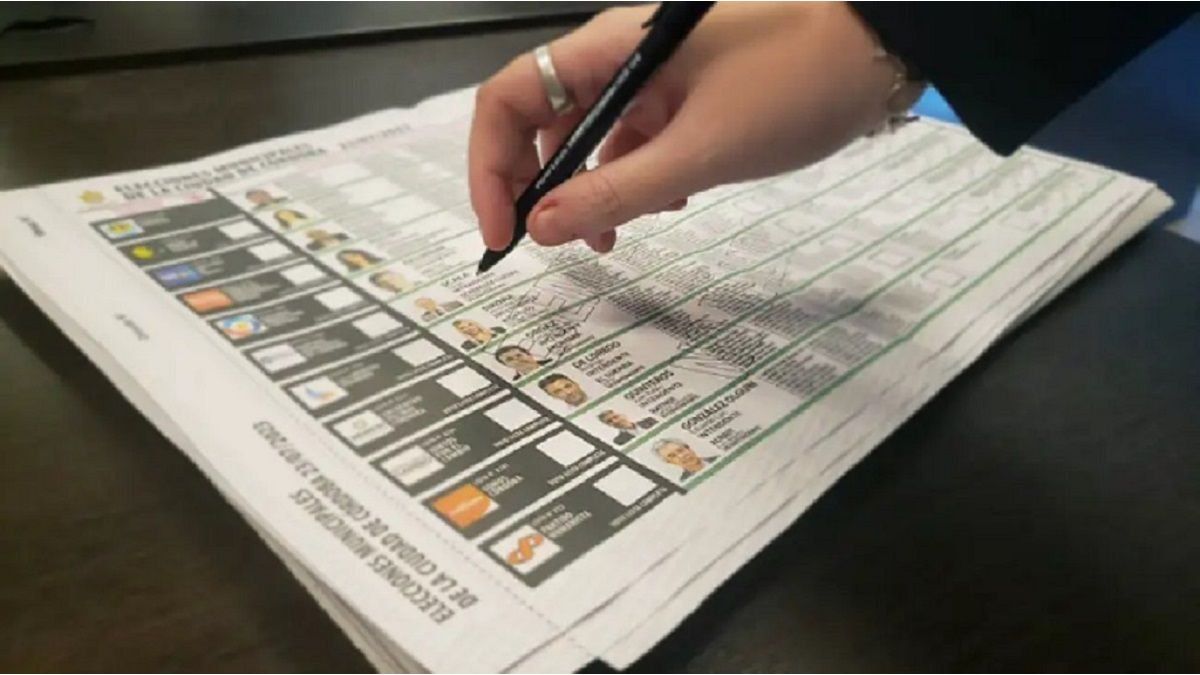Without the Argentine basketball team, finalist of the last edition, the FIBA World Cup will be played from today until September 10 in the Philippines, Indonesia and Japan, where Spain will defend the title achieved four years ago in China and the United States will try regain its traditional supremacy.
A total of 32 countries will take part in the competition that for the first time in history will be held at a shared venue. The cities of Pasay and Quezon (Philippines), Jakarta (Indonesia) and Okinawa (Japan) will host the first two phases and the first of them will host the decisive rounds (quarter, semi and final) that will decide the new champion.
In the primary phase, the participating teams will be divided into eight groups: the Philippines, Angola, the Dominican Republic and Italy (A); Serbia, Puerto Rico, China and South Sudan (B); United States, Jordan, Greece and New Zealand (C); Egypt, Mexico, Montenegro and Lithuania (D); Germany, Finland, Australia and Japan (E); Slovenia, Cape Verde, Georgia and Venezuela (F); Iran, Spain, Ivory Coast and Brazil (G) and France, Canada, Latvia and Lebanon (H).
Today the first eight games will be played between 5:00 and 10:30 (Argentine time): Angola-Italy, Philippines-Dominican Republic, Mexico-Montenegro, Egypt-Lithuania, Finland-Australia, Germany-Japan, Latvia-Lebanon and Canada-France.
The first round will be played until next Wednesday and the first two in each zone will advance to the next instance, in which they will be arranged into four groups of four countries to determine the eight participants in the round of 16. The third and fourth will compete under the same format for reclassification from 17th to 32nd place. That phase will be played from August 31 to September 3.
The eliminatory instance, quarters, semis and final, was scheduled from September 5 to 10, as well as the crosses that will order the teams between fifth and eighth place. Argentina, champion in the first World Cup edition in 1950, will be absent from the World Cup for the first time since Colombia 1982 and only four years after playing their third final in China, which they lost to the Spanish.
The defending champions will attend without NBA point guard Ricky Rubio (MVP 2019), although with an experienced squad that places them in the field of applicants along with the United States, Slovenia, Canada, Australia and France.
This year’s “Dream Team” will have the mission of recovering the predominance of the United States, the top winner with five titles, which comes from a disappointing seventh place in China. Those led by Steve Kerr will suffer the absence of several NBA megastars, but their squad will include figures such as Paolo Banchero (Orlando Magic), Mikal Bridges (Brooklyn Nets), Jalen Brunson (New York Knicks), Anthony Edwards (Minnesota Timberwolves), Brandon Ingram (New Orleans Pelicans) and Jaren Jackson Jr. (Memphis Grizzlies).
Slovenia supports its illusion in the leadership of the star Luka Doncic (Dallas Mavericks); France has Rudy Gobert (Minnesota Timberwolves) as its banner; in Australia, Josh Giddey stands out and Canada is supported by Shai Gilgeous-Alexander, both Oklahoma City Thunder figures.
Former Argentine captain Luis Scola, the second highest scorer of all time in the World Cup with 716 points in five editions, was chosen by FIBA as one of the ambassadors of the tournament in the Philippines-Indonesia-Japan, whose matches will be broadcast by DSports and the DG platform.
Audience
The last World Cup in 2019 left a cumulative audience of 3,000 million viewers worldwide and 1.5 million impacts on social networks, according to FIBA. In addition, the pavilion was attended by a total of 800,000 spectators, the match with the most attendance being the one that pitted the US against China.
The International Basketball Federation does not break down the economic contribution of a World Cup in its annual report. However, according to the latest published results, it achieved a total income of 108.2 million Swiss francs (110 million euros) in 2017, when the last European tournament was organized.
Revenues increased to 152.4 million Swiss francs (158.4 million euros) the year of the last World Cup, in 2019. Of this revenue, the 3×3 division contributes around 20%, as explained by its general director, Álex Sanchez. That is, about 30.5 million euros. It is unknown how much the organization invoices for other competitions such as the Basketball Champions League or the Euroleague Women, managed from Fiba Europe.
Fiba has not yet published the full report for the 2019-2022 cycle to find out the evolution of its business in the pandemic. In the absence of knowing these data, in its report from 2015 to 2018 it is indicated that 65% of its income is generated by its commercial activity.
Source: Ambito
I am Pierce Boyd, a driven and ambitious professional working in the news industry. I have been writing for 24 Hours Worlds for over five years, specializing in sports section coverage. During my tenure at the publication, I have built an impressive portfolio of articles that has earned me a reputation as an experienced journalist and content creator.




